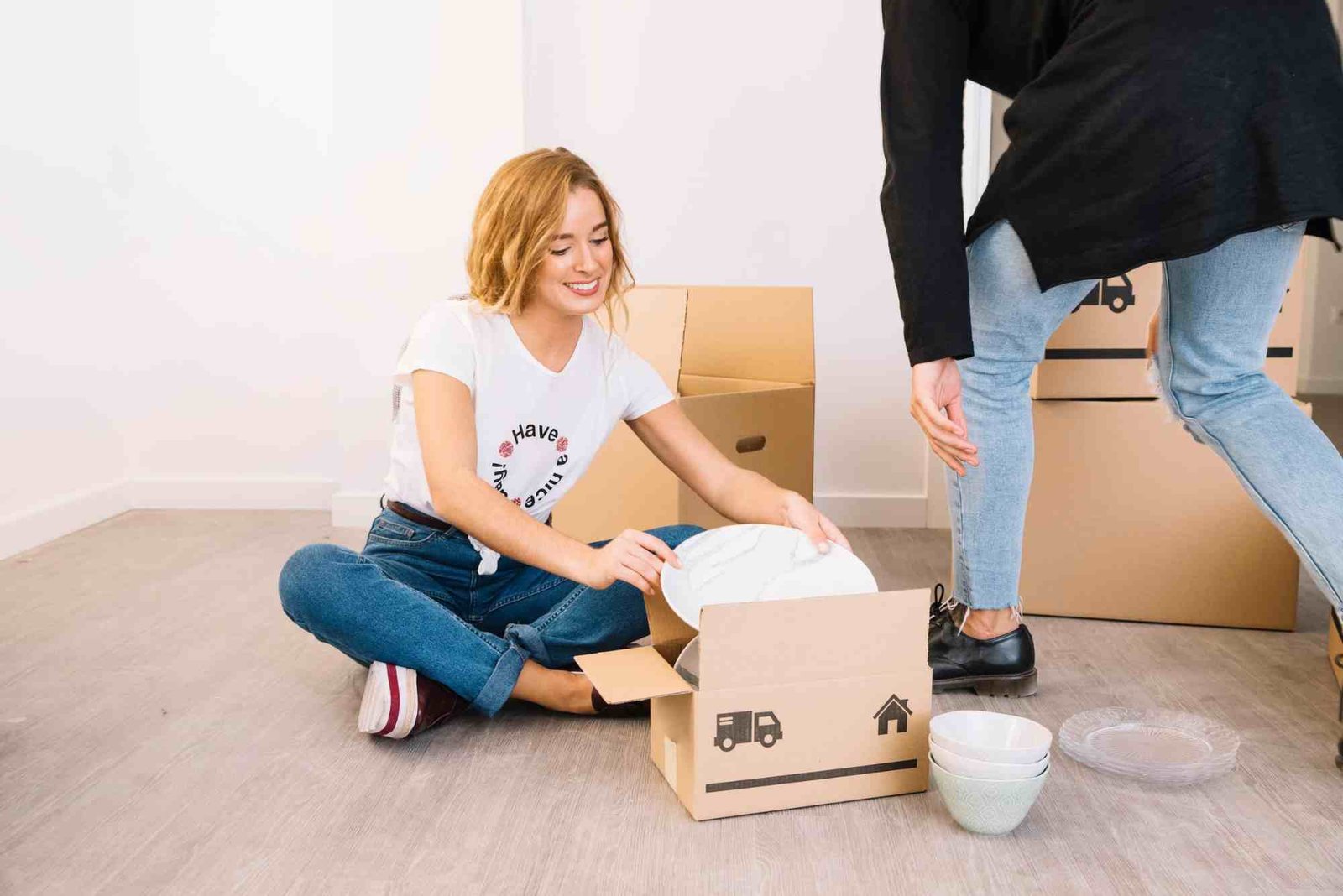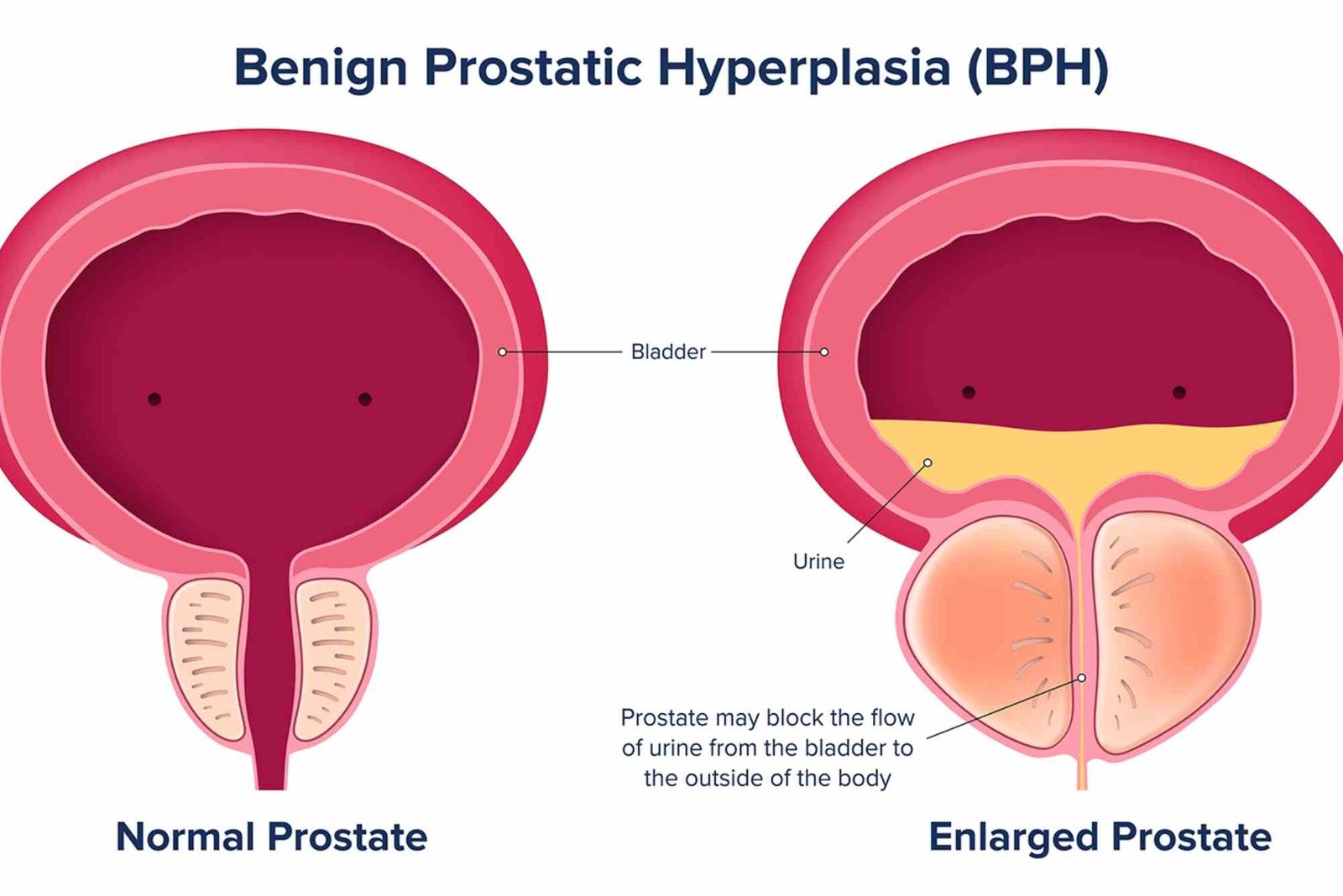Introduction
Finding truly comfortable shoes for women can feel like a quest for perfection. Between long work hours, busy commutes, and active lifestyles, the right pair isn’t just a luxury — it’s a necessity. But comfort doesn’t mean compromising on style or durability. Whether you’re shopping for sneakers, heels, or loafers, understanding what makes a shoe comfortable can transform your daily routine and overall foot health.
This guide covers everything you need to know — from key comfort features and ideal fit tips to expert recommendations and common FAQs. By the end, you’ll be able to confidently pick the perfect pair of comfortable shoes for women that match your lifestyle and wardrobe.
Why Comfortable Shoes for Women Matter
Shoes do more than complete an outfit — they support your posture, protect your joints, and influence your overall comfort. Wearing uncomfortable shoes can lead to blisters, back pain, and even long-term issues like plantar fasciitis. Choosing comfortable shoes for women is about maintaining both style and well-being.
According to podiatrists, the right footwear helps maintain natural alignment and reduces stress on the ankles, knees, and hips. When your feet feel good, your whole body benefits.
Essential Features of Comfortable Shoes for Women
Not all shoes marketed as “comfortable” truly deliver. Understanding the essential comfort features helps you separate style from substance.
Cushioning and Support
Cushioning is the first line of defense against foot fatigue. Look for memory foam, EVA midsoles, or gel inserts that absorb shock with each step. Arch support is equally important, especially if you have flat feet or high arches. The best comfortable shoes for women balance softness and structure — too much cushion can make you wobble, while too little leads to soreness.
Breathability
Feet naturally sweat, and poor ventilation can cause discomfort. Shoes made with mesh, leather, or moisture-wicking linings help regulate temperature and prevent odor. This feature is especially vital for those who wear closed shoes for long hours, such as nurses, teachers, or office professionals.
Flexibility
A flexible sole allows natural movement. Test flexibility by bending the shoe slightly — it should move at the ball of your foot but not twist excessively. Flexibility improves comfort while maintaining the necessary support.
Proper Fit and Sizing
Comfort starts with the right size. Shoes that are too tight restrict blood flow, while loose pairs cause friction and blisters. Always measure both feet before buying — many people have one foot slightly larger than the other. Choose the size that fits the larger foot comfortably.
Lightweight Construction
Heavier shoes may feel sturdy but can tire your legs quickly. Lightweight materials like knit fabric or EVA foam make shoes easy to wear all day without feeling weighed down.
How to Find the Right Fit for Maximum Comfort
Even the most advanced shoe technology won’t help if your shoes don’t fit well. Fit determines how your shoes feel after hours of wear, and it’s often the most overlooked factor.
Measure Your Feet Regularly
Foot shape and size can change over time due to factors like aging, pregnancy, or weight changes. Measuring your feet every few months ensures accuracy. Many shoe stores offer digital foot scanners that assess length, width, and arch type.
Shop in the Afternoon
Your feet naturally swell throughout the day, especially if you walk or stand a lot. Shopping later in the day helps you choose a pair that won’t feel too tight when your feet expand.
Mind the Toe Box
Your toes need space to move freely. Avoid shoes with narrow or pointed toe boxes that compress your toes. A roomy toe area prevents corns, calluses, and bunions — common issues caused by tight footwear.
Check Heel Grip
A well-fitted heel should stay secure without slipping. If you experience heel lift while walking, try adjusting the laces or switching to a smaller size. Proper heel grip enhances stability and prevents blisters.
Best Types of Comfortable Shoes for Women
Different lifestyles call for different footwear. Whether you’re commuting, working, or exercising, here are the most comfortable shoe categories to consider.
Everyday Sneakers
Sneakers are the ultimate go-to for daily wear. They combine comfort, support, and style effortlessly. Brands like Allbirds, Hoka One One, and Nike Air Zoom have engineered soles that support natural motion and reduce fatigue. For errands or travel days, sneakers are unbeatable.
Comfortable Flats
Flats are perfect for those who prefer a classic, elegant style. Look for cushioned insoles and flexible outsoles to ensure comfort. Brands such as Rothy’s and Clarks offer ergonomic designs that contour to your foot shape without sacrificing sophistication.
Supportive Sandals
Sandals can be surprisingly supportive when designed right. Orthotic brands like Birkenstock and Teva provide excellent arch support and adjustable straps for a custom fit. They’re ideal for warm-weather comfort or casual weekends.
Comfy Heels
Yes, heels can be comfortable — when designed correctly. Look for styles with block heels, cushioned insoles, and ankle straps for added stability. Brands like Naturalizer and Cole Haan specialize in heels that combine comfort technology with fashion-forward design.
Slip-Ons and Loafers
Slip-ons are ideal for professionals seeking convenience and comfort. Memory foam footbeds and non-slip soles make them practical for long days at the office or casual outings. Loafers from Ecco and Vionic are particularly praised for their all-day wearability.
Expert Recommendations: Top Comfortable Shoe Brands for Women
If you’re looking to upgrade your wardrobe with reliable comfort, these brands consistently rank high among users and experts alike:
- Allbirds — Sustainable materials, lightweight design, and great breathability.
- Vionic — Podiatrist-designed shoes with orthopedic-grade arch support.
- Clarks — Trusted for timeless comfort and everyday durability.
- Hoka One One — Exceptional cushioning, especially for long-distance walking or standing.
- Ecco — Premium leather with ergonomic soles for superior comfort.
For an in-depth guide, read our comfortable shoes for women overview. It dives deeper into shoe technologies, user reviews, and brand comparisons to help you make an informed decision.
Care Tips for Maintaining Comfort and Longevity
Even the best shoes need care to maintain comfort and structure. Regular cleaning, proper storage, and insole replacement extend your shoes’ lifespan.
- Rotate your pairs: Avoid wearing the same shoes daily to let them air out and regain shape.
- Clean regularly: Use mild soap or specialized cleaners to remove dirt and sweat.
- Replace insoles: Swap them every few months, especially if cushioning wears down.
- Avoid heat exposure: Direct sunlight or dryers can damage materials and affect fit.
Small maintenance habits can keep your comfortable shoes for women feeling new and supportive for years.
Style Meets Comfort: Fashion Tips
Comfortable doesn’t mean boring. The latest footwear designs prove that fashion and functionality can coexist beautifully. Pair sneakers with midi dresses, wear loafers with wide-leg trousers, or style block heels with jeans for an effortlessly chic look.
For inspiration on pairing your shoes with outfits, explore related beauty & fashion resources. You’ll find styling tips that keep comfort and elegance in perfect balance.
Fashion experts at Allure also emphasize that true style comes from confidence — and nothing gives you confidence like feeling good in what you wear.
FAQs
Q: What brand makes the most comfortable shoes for women?
A: Brands like Vionic, Clarks, and Hoka One One consistently receive top reviews for comfort and support. They offer styles that cater to various foot types and daily needs.
Q: How do I know if my shoes are truly comfortable?
A: You should feel immediate comfort — no tightness, pinching, or slipping. After wearing them for a few hours, your feet should feel supported, not strained.
Q: Are memory foam shoes better for comfort?
A: Memory foam adds cushioning and reduces pressure points, but it’s most effective when paired with good arch support and breathable materials.
Q: Can stylish shoes also be comfortable?
A: Absolutely. Many modern brands design fashionable shoes using comfort technology, offering both function and flair without compromise.
Q: How often should I replace my comfortable shoes?
A: For shoes worn daily, replace them every 8–12 months. If you notice worn-out soles or diminished cushioning, it’s time for a new pair.
Choosing the right comfortable shoes for women is an investment in your health, style, and daily happiness. From cushioning and flexibility to perfect fit and design, every detail matters when it comes to all-day comfort. Remember, comfort is personal — what feels perfect for one person might not work for another.




